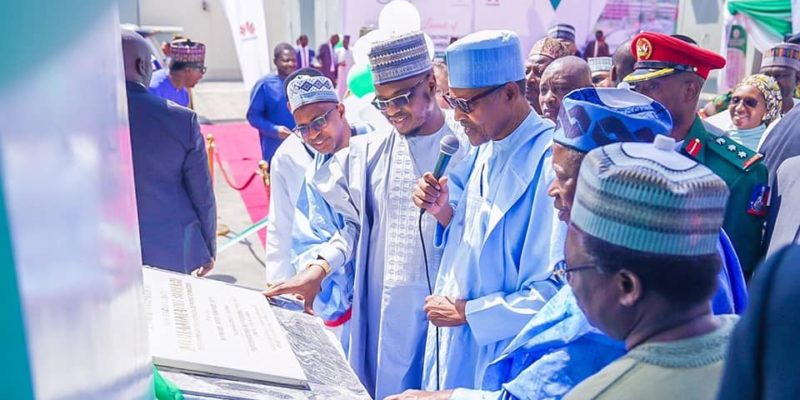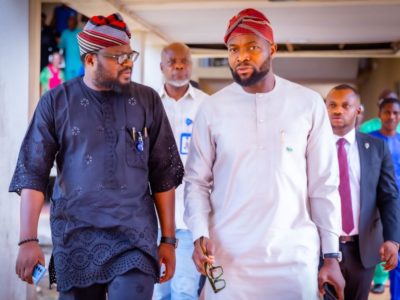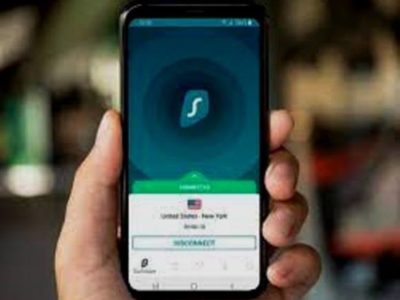President Muhammadu Buhari has commissioned the Galaxy Backbone (GBB) National Tier IV Data Centre in Kano. Kano state. He was accompanied by the Minister of Communications & Digital Economy Prof. Isa Ali Ibrahim Pantami and the MD/CEO Galaxy Backbone Limited.
In what will alter the business of data centre services in Nigeria for good, the Tier IV Data Centre has been designed, built to support private businesses and public sector organisations. The new digital infrastructure in Kano will serve as a first level backup to the Tier III data centre in Abuja,
RELATED: Ready! Set! Go! Galaxy Backbone Tier IV data centre in Kano deepens national digital infrastructure experience
The new facility will also serve as the North West Regional Office of Galaxy Backbone in Kano. According to Prof Pantami who conducted the President around the multi-million naira infrastructure, the President had directed his ministry to complete the project as part of the National Information and Communication Technology Infrastructure Backbone (NIPTIP 2). The NIPTIP 2 covers north of Nigeria and some southern parts of the country.
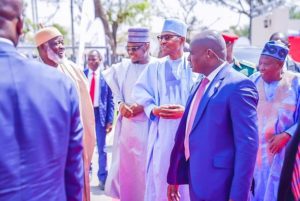
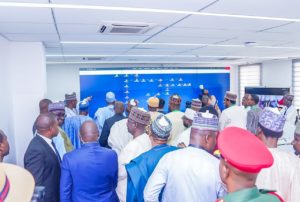




“The President came here today to launch the project and it is one of the great achievements of his administration in ICT. The Data Centre is established under Galaxy Backbone Limited, which is the Federal Government owned agency,” the minister told the media.
According to the Managing Director of GBB, Prof Muhammad Bello Abubakar, the Kano Data Centre will offer an enabling environment for ease of doing business to boost Nigeria’s GDP.
What you need to know about Tier 4 data centres
All Tier 4 data centres add fault tolerance mechanisms to the tier 3 list of requirements. They have multiple physically isolated systems that act as redundant components and distribution paths. Besides all the Tier 3 conditions, a Tier 4 facility must ensure:
- All components have the support of two generators, two UPS systems, and two cooling systems.
- Each distribution path is independent so that a single failure in one does not cause a domino effect with other components.
- Operations continue to run for a minimum of 96 hours following a local or regional power outage.
- The power source does not connect to any external source.
- The separation between redundant components is vital for a tier 4 data center. Physical separation prevents a local event from compromising both systems.
- Tier 4 data centers either have 2N or 2N+1 redundancy: 2N redundancy (or N+N) means the facility has a wholly mirrored, independent system on stand-by. If anything happens to a primary component, an identical backup replica starts operating to ensure continued operations.
- The 2N+1 model provides twice the operational capacity (2N) and an additional backup component (+1) in case a failure happens while a secondary system is active.
The GBB’s Tier 4 facility can ensure clients do not experience more than 26.3 minutes of downtime annually. In addition, customers are guaranteed a Tier 4 service level agreement (SLAs) that is near 100% uptime even in the face of required maintenance of redundant counterparts.

